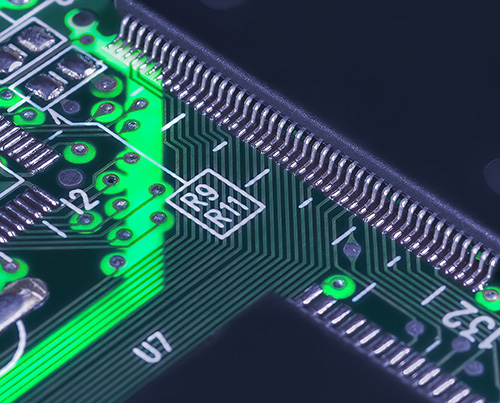EMC Question of the Week: November 8, 2021

It is usually ok for circuit board traces to cross over a gap in the ground plane as long as the signals they carry,
- are pseudo-differential
- rarely switch (e.g. RESET or ENABLE)
- either of the above
- none of the above
Answer
The best answer is “d.” First and foremost, there is almost NEVER a good reason to gap a solid ground plane, but that's a topic for another week. In the unlikely event that we were forced to route signal traces on a board with a gapped ground plane, there would be no good reason to allow any of the traces to cross over the gap.
The problem with allowing pseudo-differential (e.g. CAN, USB, HDMI) signals to cross a gap in the ground plane, is that these signals always have a significant common-mode component. Any interruption of the plane beneath these trace pairs generates a voltage across the gap. Similarly, the fact that the gap exists suggests there is already a voltage difference between the planes on each side. That voltage difference can couple to the trace pair crossing over the gap, inducing an unwanted and unnecessary common-mode voltage on the signal traces. Those issues plus the fact that there is never a good reason to route a pseudo-differential trace pair over a gap in the ground plane are the reasons that it is not "usually ok."
There are two problems with routing traces carrying signals such as RESET or ENABLE over a gap in the ground plane. First, although these signals are nominally "low-speed," they can carry significant noise at harmonics of the internal switching frequencies of the devices they are connected to. Second, ESD and other high-speed transients easily produce voltages between the different "grounds" on a circuit board. Routing these traces over gaps in the plane can help to bring this transient energy into the component causing unwanted resets or other anomalies.
Of course, ground planes are not required in all circuit boards. By routing traces to control signal return currents and filter any unacceptable coupled noise, it's possible to design EMC-compliant boards with partial planes or no planes at all. Nevertheless, it would be incorrect to say that routing any kind of trace over a gap in the ground plane is "usually ok."
While there are no EMC design rules that "always" apply, the often-cited rule that "signal traces should never cross a gap in the ground plane" is generally very good advice.
Have a comment or question regarding this solution? We'd like to hear from you. Email us at
